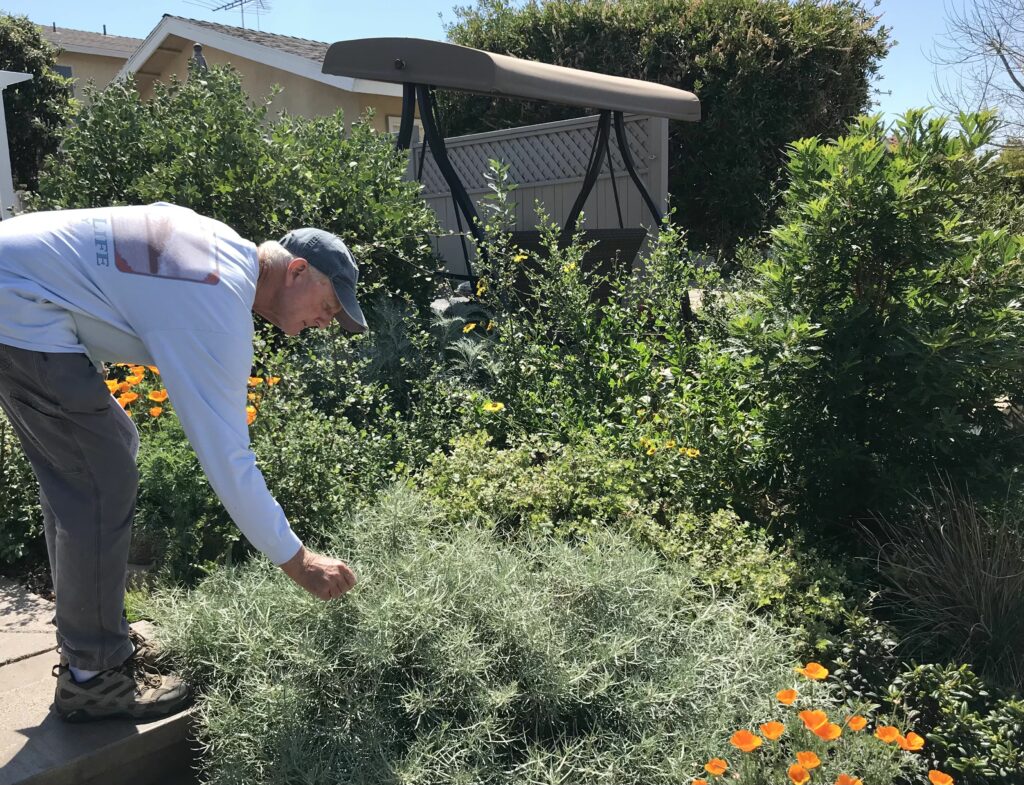How to Choose Native Plants for Your Garden
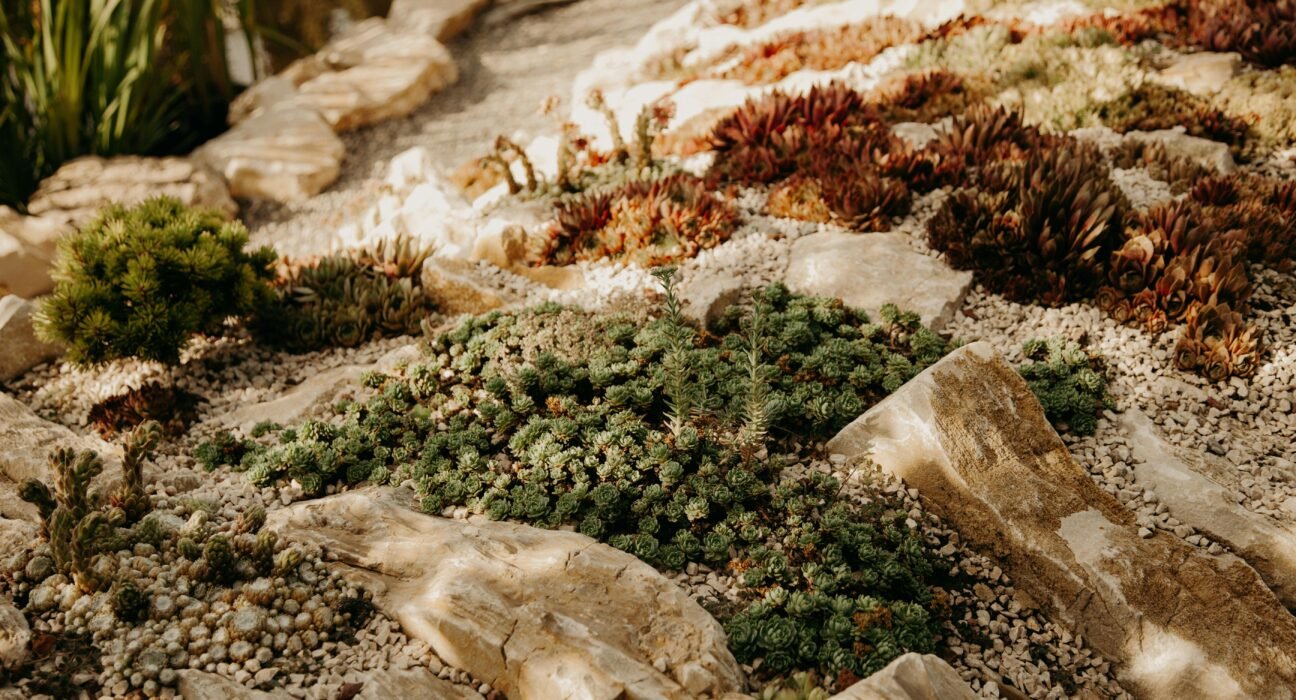
How to Choose Native Plants for Your Garden
As we age, many of us find ourselves drawn to gardening as a way to connect with nature, enhance our outdoor spaces, and contribute to the local ecosystem. For middle-aged individuals in the United States, incorporating native plants into your garden is not only a sustainable choice but also a rewarding hobby that can provide numerous benefits for both you and the environment. In this article, we will explore the advantages of native plants, guide you through the process of selecting the right species for your garden, and offer practical tips on how to care for them.
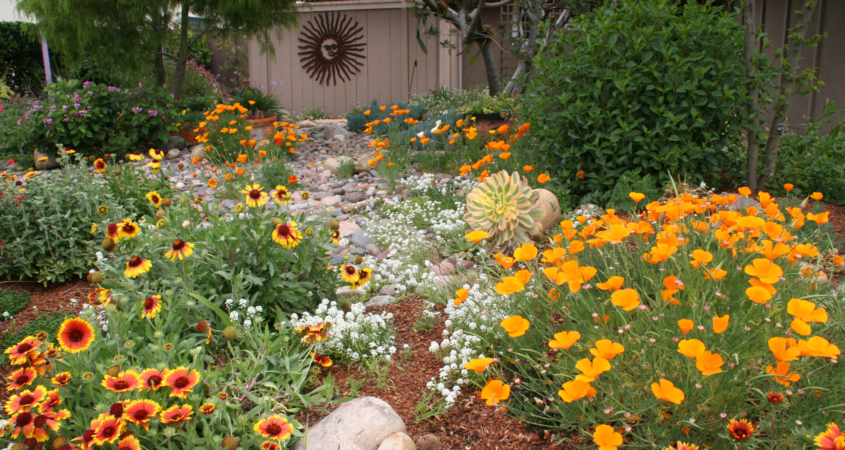
Why Choose Native Plants?
Native plants have evolved over thousands of years alongside the local wildlife and climate, making them perfectly adapted to the conditions of your region. This adaptation offers several key advantages:
-
Low Maintenance: Native plants require less water, fertilizer, and pesticides compared to non-native species. They are naturally resistant to pests and diseases, reducing the need for chemical treatments .1 .2 .3.
-
Environmental Benefits: By using native plants, you help preserve biodiversity, support local pollinators, and contribute to the health of your ecosystem. They provide essential habitats for wildlife, including birds, bees, and butterflies .3 .4.
-
Water Conservation: Many native plants are drought-tolerant, which means they need minimal irrigation beyond natural rainfall, helping you save water and reduce your utility bills .2 .12.
-
Aesthetic Appeal: Native plants offer year-round beauty with their diverse flowers, foliage, and seasonal changes, enhancing the visual appeal of your garden .3 .7.
Steps to Choose the Right Native Plants
Choosing the right native plants for your garden involves a few simple steps:
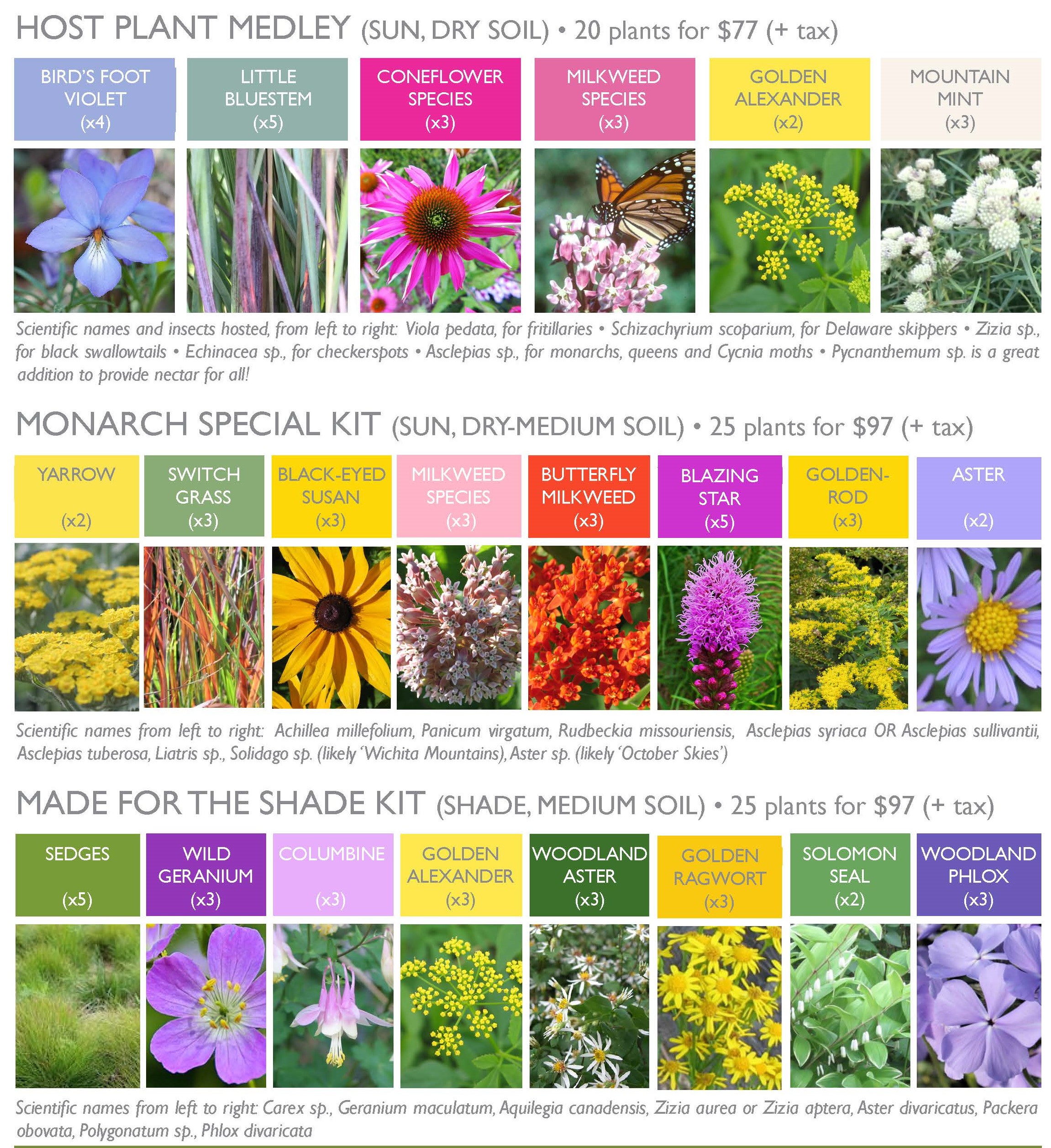
1. Determine Your Region
Identify the native plant species that are indigenous to your area. This can be done by consulting local botanical gardens, native plant societies, or extension services .5 .6.
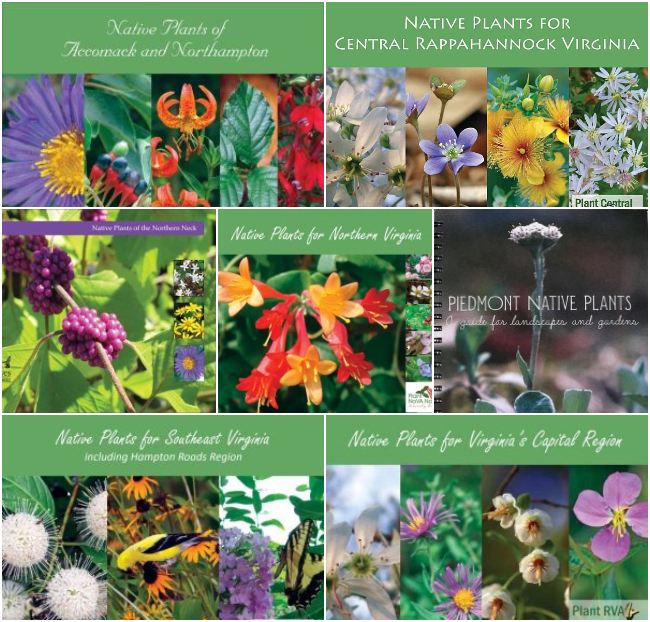
2. Assess Your Garden Conditions
Consider the specific conditions of your garden, including sunlight, soil type, and moisture levels. Native plants thrive best when matched with conditions similar to their natural habitats .5 .9.
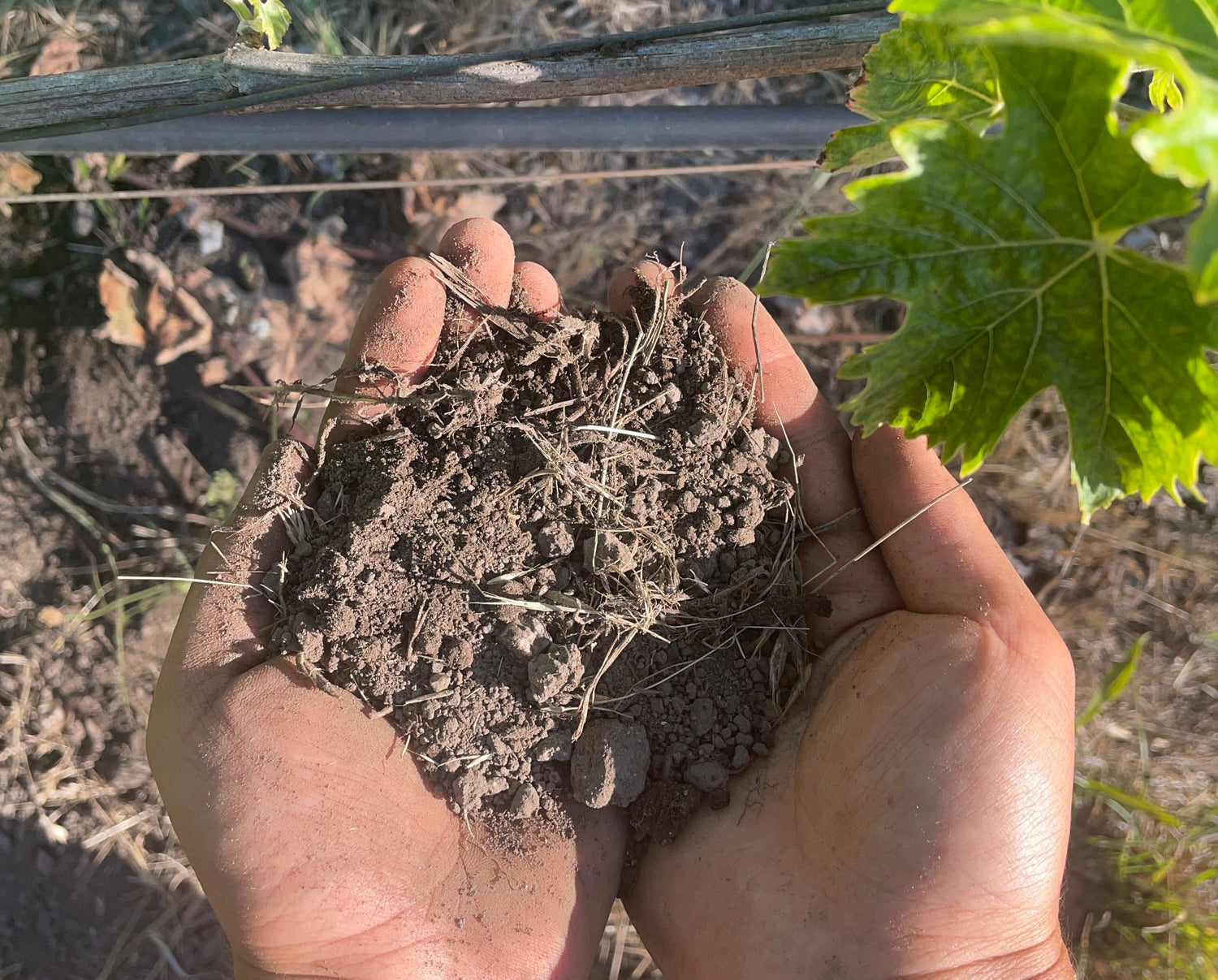
3. Define Your Garden Goals
Decide what you want to achieve with your garden. Are you looking to attract pollinators, create a naturalistic landscape, or simply add color and interest? Choose native plants that align with these goals .6 .9.

4. Select a Diverse Range of Plants
Include a mix of trees, shrubs, perennials, and groundcovers to ensure year-round interest and benefits. This diversity will also support a wider range of wildlife .4 .9.
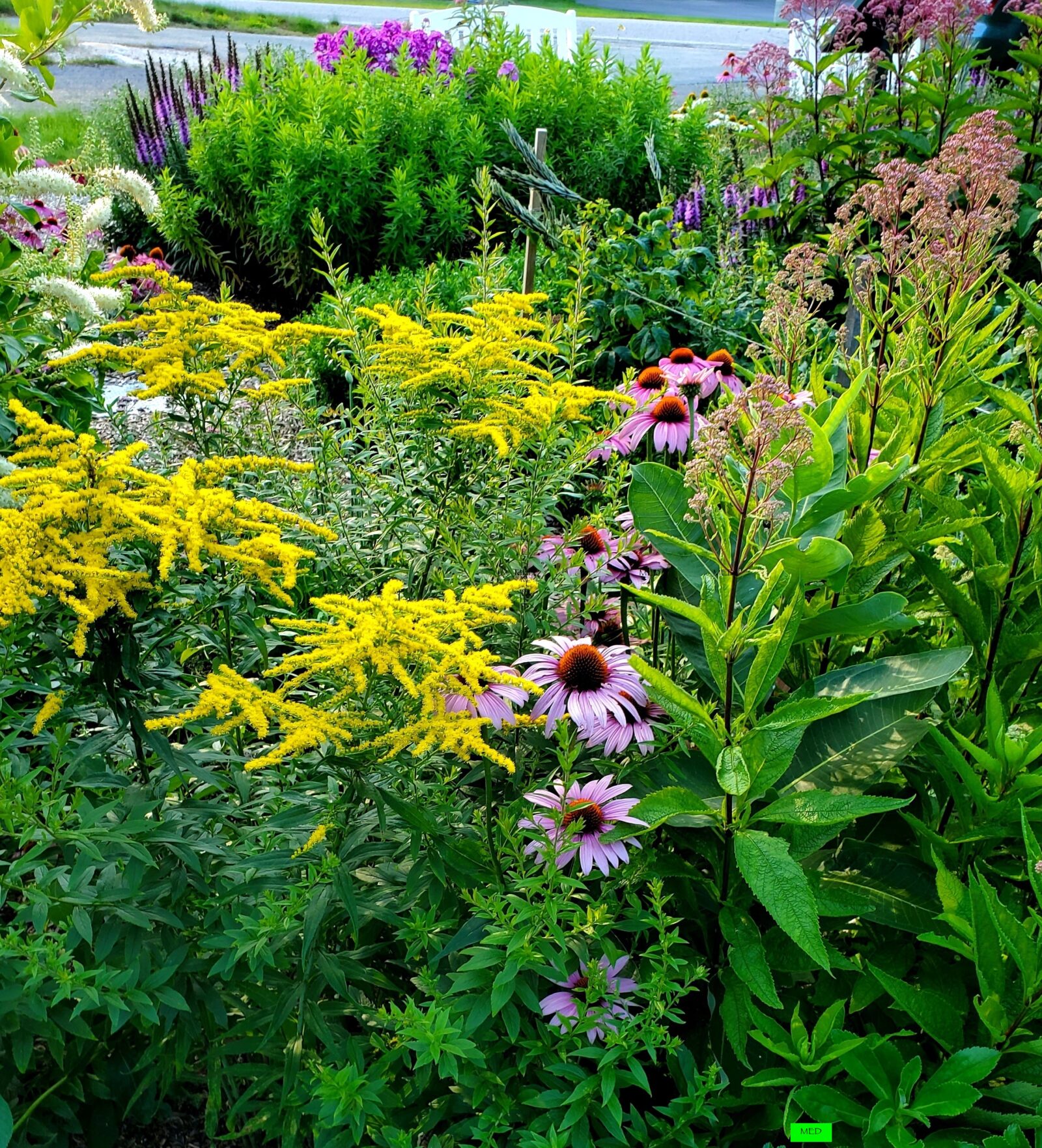
5. Use Local Genotypes
When possible, opt for plants propagated from local sources. This ensures they are well adapted to your specific region and reduces the risk of introducing less well-adapted genes .5.

Practical Tips for Planting and Caring for Native Plants
Once you have selected your native plants, here are some practical tips to help you plant and care for them:

Planting:
-
Timing: Plant during the optimal seasons, typically fall or spring when temperatures are moderate and rainfall is more abundant .4 .9.
-
Preparation: Remove weeds and loosen the soil to allow roots to establish. Adding organic matter can improve soil structure and fertility .9 .14.
